Plus, the new treatment giving hope to those who have them

When people think about bad headaches, migraines usually come to mind. But migraine headache pain can’t touch the debilitating, extreme pain that comes with cluster headaches.
Advertisement
Cleveland Clinic is a non-profit academic medical center. Advertising on our site helps support our mission. We do not endorse non-Cleveland Clinic products or services. Policy
“Cluster headaches are extremely rare, affecting only one in 1,000 people,” says headache and facial pain specialist Emad Estemalik, MD. “These severe headaches usually begin before age 30 and sufferers are almost exclusively men.”
Whether or not you’re intimately familiar with cluster attacks, here are five things you should know about cluster headaches:
There are no warning signs that a cluster is about to hit you like a freight train. Even if you’ve experienced one in the past, you can’t anticipate or predict when you’ll get another one. But you’ll know it’s a cluster headache because of the extreme pain (which is why they’re sometimes called suicide headaches). You may also experience these symptoms that occur only on the side of the face that’s experiencing pain:
Aptly named, these headaches occur in clusters: “Cluster headache cycles may be separated by a period of months or even years,” says Dr. Estemalik. “People enter periods where they have no headaches. But eventually, they rear their ugly heads again.”
Here’s how cluster headache cycles work:
Advertisement
The first time you experience a cluster headache, you’ll probably make a beeline to the emergency department to determine the source of your symptoms. Doctors use brain imaging and lab tests to make a correct diagnosis.
“Typically for a cluster cycle, we start with a course of steroids because that can reduce the severity of the attacks and accelerate recovery from the cycle,” explains Dr. Estemalik. “We also start abortive treatments to inhibit future attacks.”
Abortive cluster headache treatments include:
With subsequent cycles, you’ll want to contact your neurologist or headache specialist to start preventive drugs and abortive treatments when you first experience symptoms. You’ll continue to use the preventive treatments for at least two to three weeks after a cycle ends.
“The goal of preventive drugs is to eliminate the cycle or the recurrence of a cycle,” says Dr. Estemalik. “The goal of abortive treatments is to eliminate the attacks that occur within the cycle, so you don’t have to live with excruciating pain.”
Researchers are exploring new ways to treat cluster cycles. One new treatment is a vagal nerve stimulator. It has been shown to reduce the number of cluster attacks experienced within a cycle. The hand-held device stops the attacks by sending a mild current to the vagus nerve, which sends sensory information to the brain. Patients place the device on their neck for around 90 seconds, two times a day.
“There are a whole lot of negatives when it comes to cluster headaches. But I think the research that’s going into developing treatments that can bring immediate and long-term relief is a huge positive,” says Dr. Estemalik. “There’s definitely reason to be hopeful.”
Advertisement
Learn more about our editorial process.
Advertisement

Dehydration, spinal fluid leaks and other conditions can cause positional headaches when you stand up

It’s all about the amount — try to stick to 100 to 150 milligrams a day to reduce and prevent a pounding, throbbing head
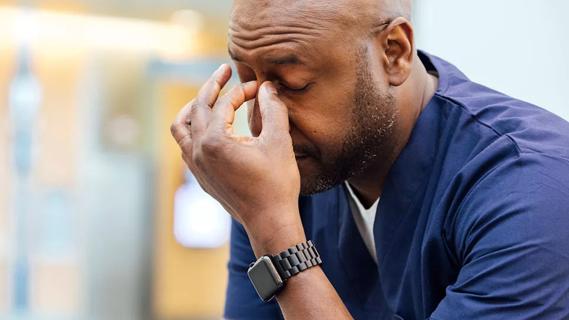
Many factors, like dehydration, a cold or even your medication, can result in these common symptoms
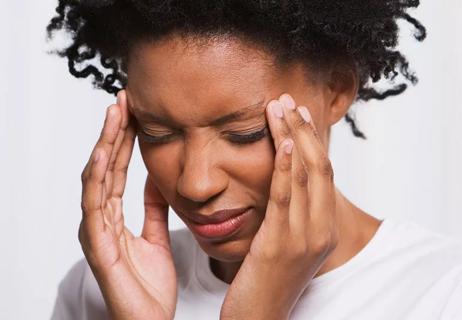
Behind your eye, on one side of your face or as a band around your head — headaches are no fun
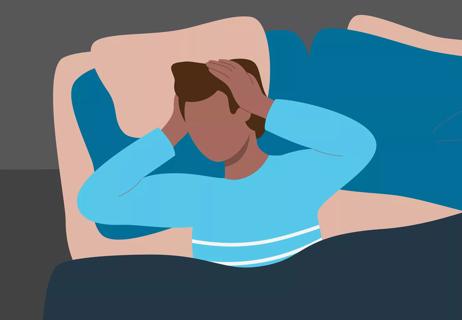
Yes, especially if you get migraines — but medicine can help
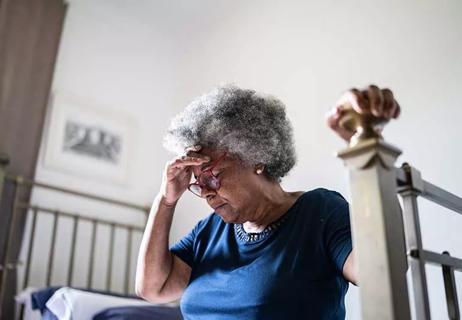
If it isn’t a hangover or teeth grinding, your aching head might be a sign of a sleep disorder
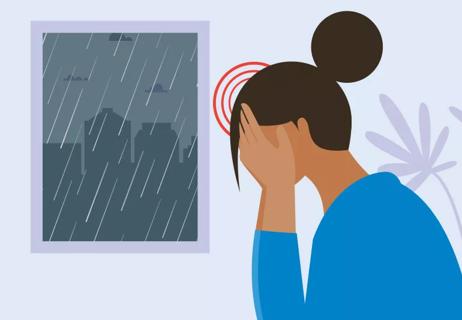
The effect is very real for some people
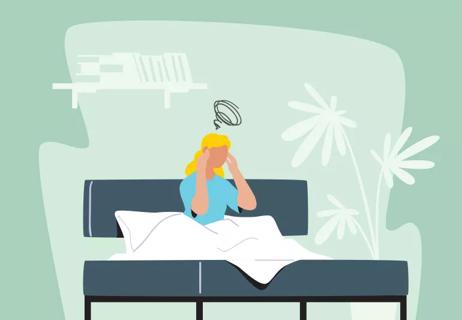
Understanding when it may (and may not) be the culprit

If you’re feeling short of breath, sleep can be tough — propping yourself up or sleeping on your side may help

If you fear the unknown or find yourself needing reassurance often, you may identify with this attachment style

If you’re looking to boost your gut health, it’s better to get fiber from whole foods